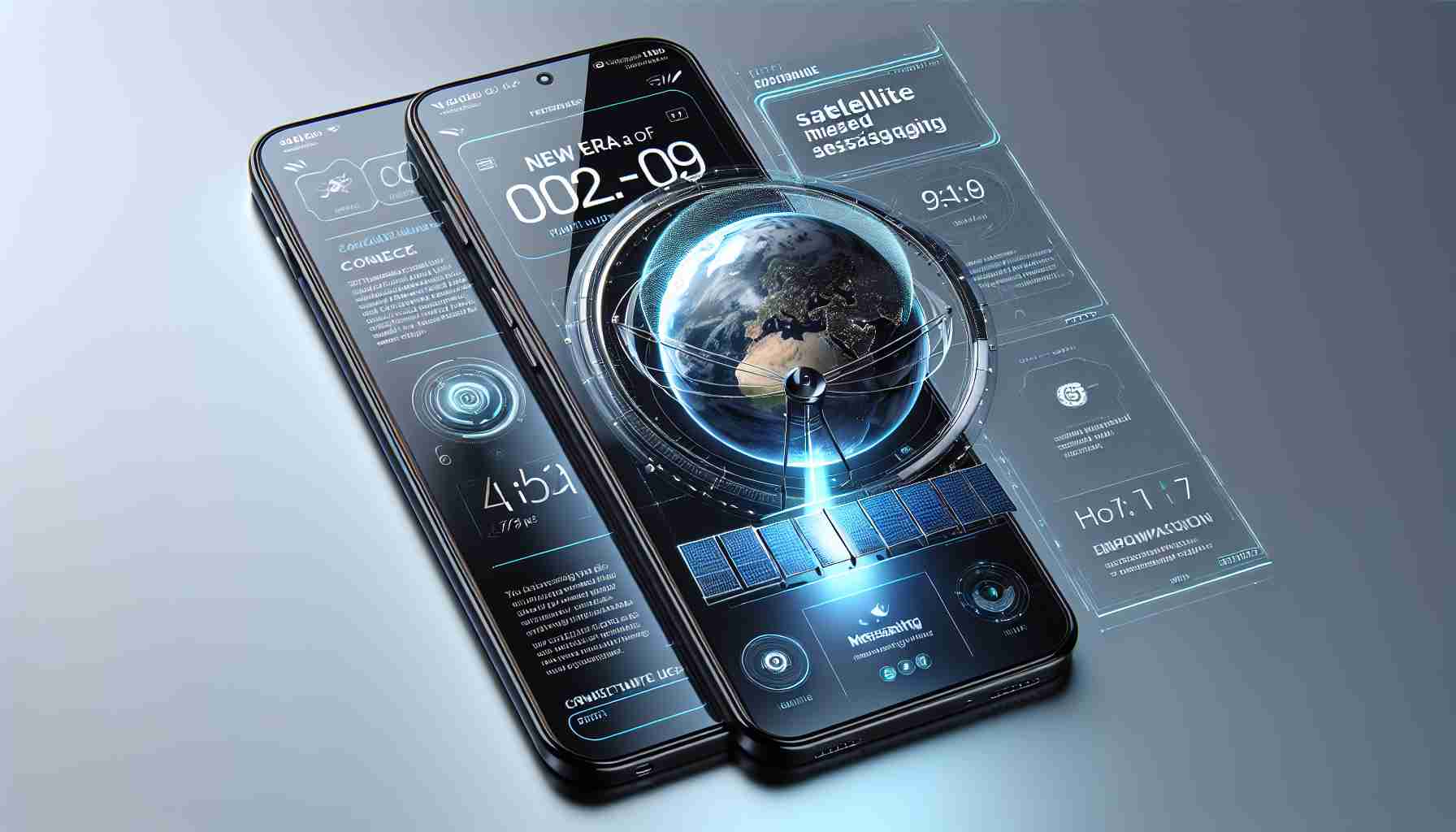Satellite Communication for iPhone 14
Apple has innovated the way we connect during dire times by integrating satellite communication technology into iPhone 14 models. This cutting-edge feature, called Emergency SOS via Satellite, allows users out of cellular range to reach emergency services with ease. Initially offered at no cost until 2025, this capability has been hailed as a critical tool by search and rescue operations worldwide.
Enhancing Safety with Advanced Features
The functioning of Emergency SOS is precise and methodical. Upon activating the service, the iPhone will pose specific queries to understand the user’s emergency before attempting to make a satellite connection—which could take a couple of minutes under certain conditions. Once connected, detailed information is sent to dedicated relay centers that facilitate the dispatching of assistance, while also communicating the context of the emergency to the user’s contacts.
In a strategic move to broaden its satellite utilities, Apple recently added the Roadside Assistance feature. This additional service empowers individuals to contact support services like AAA in the U.S., without relying on cellular networks. Moreover, Apple has incentivized iPhone 14 purchases with an extra free year of this satellite connectivity.
Future of Free Satellite Services in Question
With the advent of iOS 18, satellite transactions extend beyond emergencies, offering the ability to send SMS messages under the same no-cell-service conditions. While the full operational capacity of this SMS function is still in test phases, pricing for its ongoing use remains undisclosed.
The cost of providing satellite connectivity is steep; Apple itself invested a substantial $450 million towards the necessary infrastructure. Apple’s satellite partner, Globalstar, traditionally charges a monthly fee for similar emergency services. Apple’s direction in pricing—whether it continues to offer these capabilities as an inclusive benefit or transitions to a subscription-based model—could have significant implications.
As discussions unfold about the potential expense of these satellite features and how the company may ethically integrate costs, Apple’s service portfolio could play a pivotal role. Including satellite functionalities within the Apple One bundle could be a strategic move, appealing to those seeking a comprehensive service package.
The value of life-saving communication capabilities during emergencies is immeasurable, and users eagerly await Apple’s decision on the pricing of these essential services.
Key Questions and Answers
What is Emergency SOS via Satellite on iPhone 14?
Emergency SOS via satellite is a feature that enables iPhone 14 users to communicate with emergency services when out of cellular range by connecting to satellites. This technology was designed to help users in remote areas reach help during emergencies.
How does Emergency SOS via Satellite work?
When the service is activated, the iPhone prompts the user to answer specific questions about their emergency. It then attempts to connect to a satellite, which relays the information to a dedicated center that dispatches emergency services while also notifying the user’s emergency contacts.
What challenges are associated with satellite-based messaging for emergency situations?
One major challenge is the potential difficulty in establishing a satellite connection, which can be affected by environmental conditions and can take a few minutes to connect. Ensuring global coverage and maintaining a robust infrastructure, which is costly, are also significant challenges.
What is the controversy surrounding Apple’s satellite-based emergency services?
A controversy could arise regarding how Apple will price these services after the initial free period of 2025, with consumers and advocates concerned about affordability and access to these potentially life-saving technologies.
Advantages and Disadvantages
Advantages:
– Enhanced Safety: Provides a vital communication link in emergency situations for users in areas without cellular coverage.
– Convenience: The service includes additional features like Roadside Assistance, which can be accessed similarly via satellite.
– Innovation: Encourages further development of satellite communication technologies for consumer use.
Disadvantages:
– Connectivity Issues: Initiating a satellite connection can be time-consuming and is subject to external conditions.
– Costs: The high cost of building and maintaining satellite infrastructure could lead to high prices for consumers in the future.
– Uncertain Future Pricing: Users may be hesitant to become reliant on a service that could become expensive or alter its pricing model in the future.
For those interested in learning more about the company’s technological advancements and offerings, this can be found through the main website’s link: Apple. Make sure to explore Apple’s latest updates and communications in the press release or news sections of their website.
